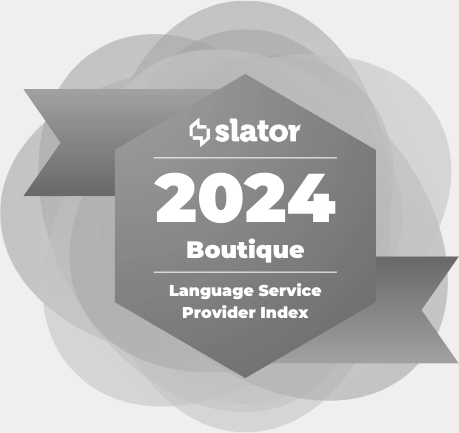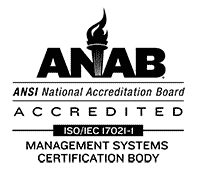ELIA ND Athens: Readability Testing of Patient Information within EU

ELIA ND Athens: Readability Testing of Patient Information within EU
- Medicines are not optimally used without adequate patient information
- Research suggests that 40-50% of all prescribed drugs are not used partly because of a poorly written/translated leaflet
- EC Directive 2004/27/EC: readability testing mandatory since 2005 (only for new or heavily changed leaflets)
- Purpose of readability test:
- Identify problems
- Solve problems
- Keep testing until problem-free
- EC Readability Guideline 2009: guideline on the readability of the labeling and package leaflet of medical products for human use
- Australian Test Method is most commonly used; based on David Sless’s “Writing about medicines for people”; adopted in 1998 by European Medicines Agency (EMA) for drug registration dossiers; since testing became mandatory in 2005, it is the most commonly used readability text method for patient information leaflets; relatively costly (4-7 thousand Euros per leaflet)
- Testing is done in two groups of 10 ‘average’ participants
- The test includes the following:
- Source text
- Profile of test participants
- Key safety aspects
- Questionnaire
- Mock-up
- Pilot test
- First test round
- Second test round
- Write test report
- The final report is submitted to regulatory authorities for evaluation





